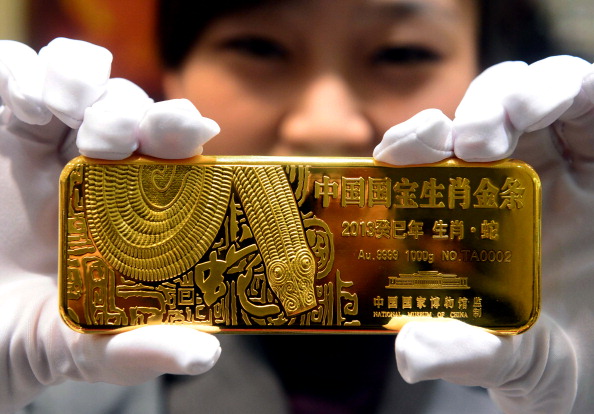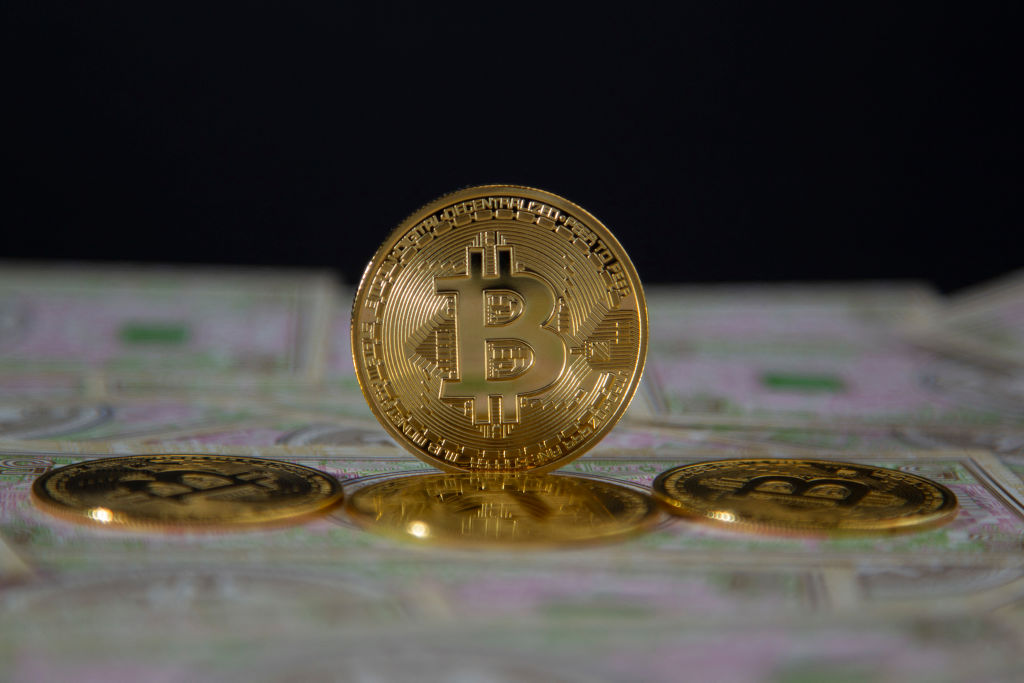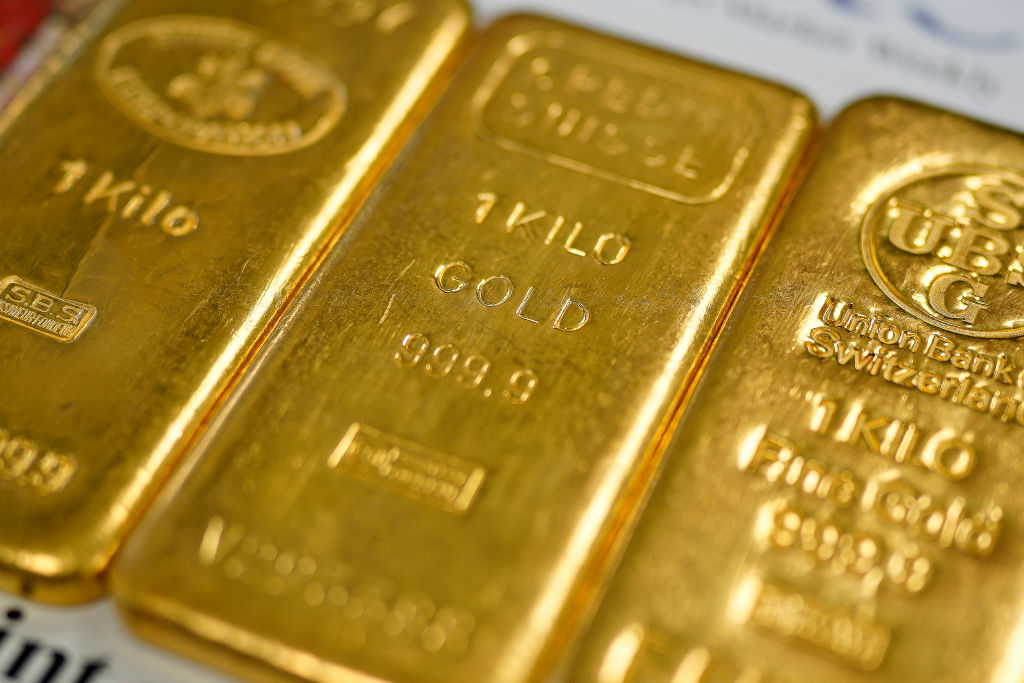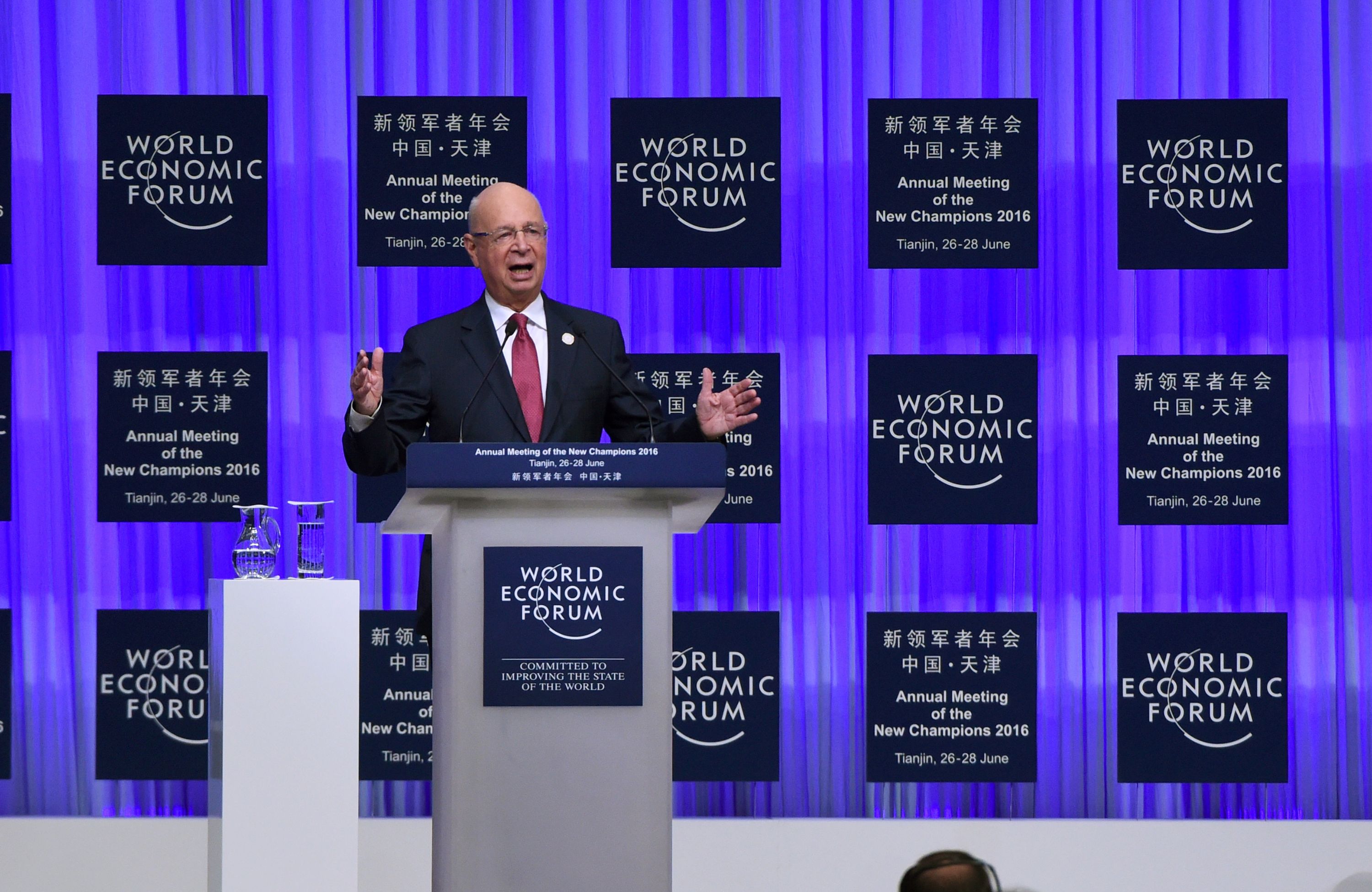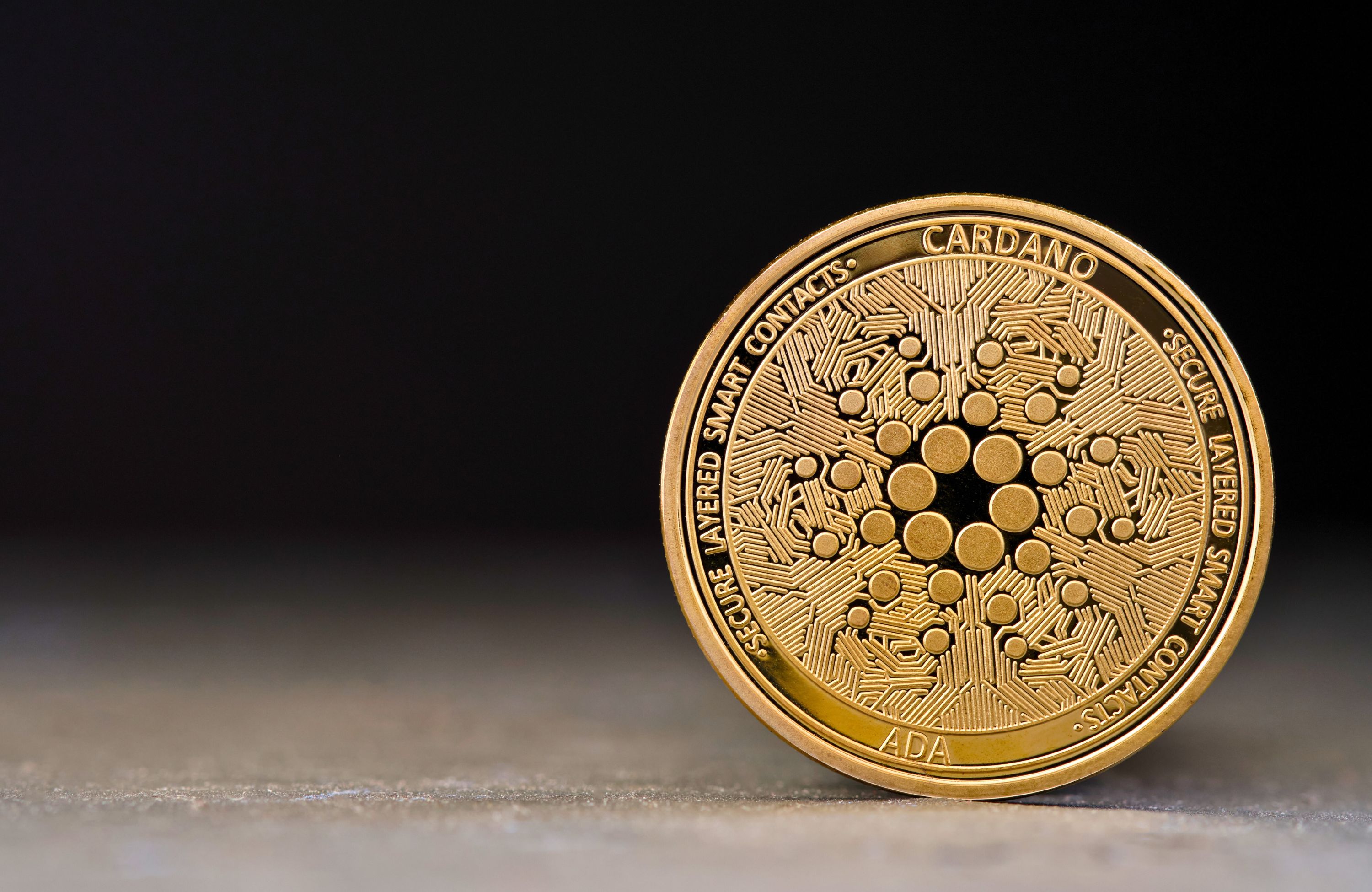Asia's appetite for gold not enough to lift global demand
By Staff Writer
Contrary to expectations, the growing number of middle-class people from India and China can not significantly add up to the demand for the yellow metal, which is trading at a five-year low.
Some market players are anticipating the surging middle classes in China and India will increase demand for gold, boosting the yellow metal price rise.
Analysts, however, argue that the rising middle class will definitely increase physical demand, but more than this the major factors such as inflation, US dollar and other financial issues, will determine the gold price movements.
According to the World Gold Council (WGC), the demand growth for gold in China is expected to rise as its middle-class rise by 500 million people in next five years.
This will increase demand for jewellery and investments in gold. India witnessed 15 percent growth in jewellery buying in past three months ending September.
At a Bloomberg Summit held this week, Australia-based Evolution Mining Ltd chairman Jake Klein ruled out that more dependence on middle class' buying strength for gold is not going to work.
"I just don't think it's a demand equation that'll make a big impact", Klein said.
While there may be an increase in physical demand, Klein remarked that the gold market is so dominated by financial issues, inflation and the US dollar.
The surging US dollar is putting more pressure on gold as it's trading at the lowest in the past five years. If the US Federal Reserve hikes interest rate then it will further erode the price of gold.
According to latest data from WGC, investors and consumers are buying gold on price dips. Jewellery accounts for 60 percent of total gold demand, investment accounts for 19.4 percent, central banks for 14 percent and technology sector accounts for 8.2 percent.
Jewellery purchases rose six percent during the third quarter, while buying of coins and bars for investment rose 27 percent in the same quarter.
The US interest rate rise, low inflation and selling exchange-traded funds (ETFs) will keep the pressure on the yellow metal, according to Barclays Plc. Global uncertainty and slashing down the bullion production are some other factors that impact gold price.
After trading above $1,000 an ounce for the past six years, gold price may dip below $1,000 level if US Fed raises the interest rate.
Gold price may slip below this level during the first half of 2016, according to BMI Research.
Gold bulls are upbeat on the price prospects as the growing number of middle classes in China and India will increase the demand thus pushing up the price level. Many expect that middle-class people with surplus money will wear more rings and pendants.
Klein further debunks this notion saying, "I just haven't seen that impact on the gold price. There's a lot of gold still sitting in safes that people can take out and sell to increased Chinese and Indian demand."


